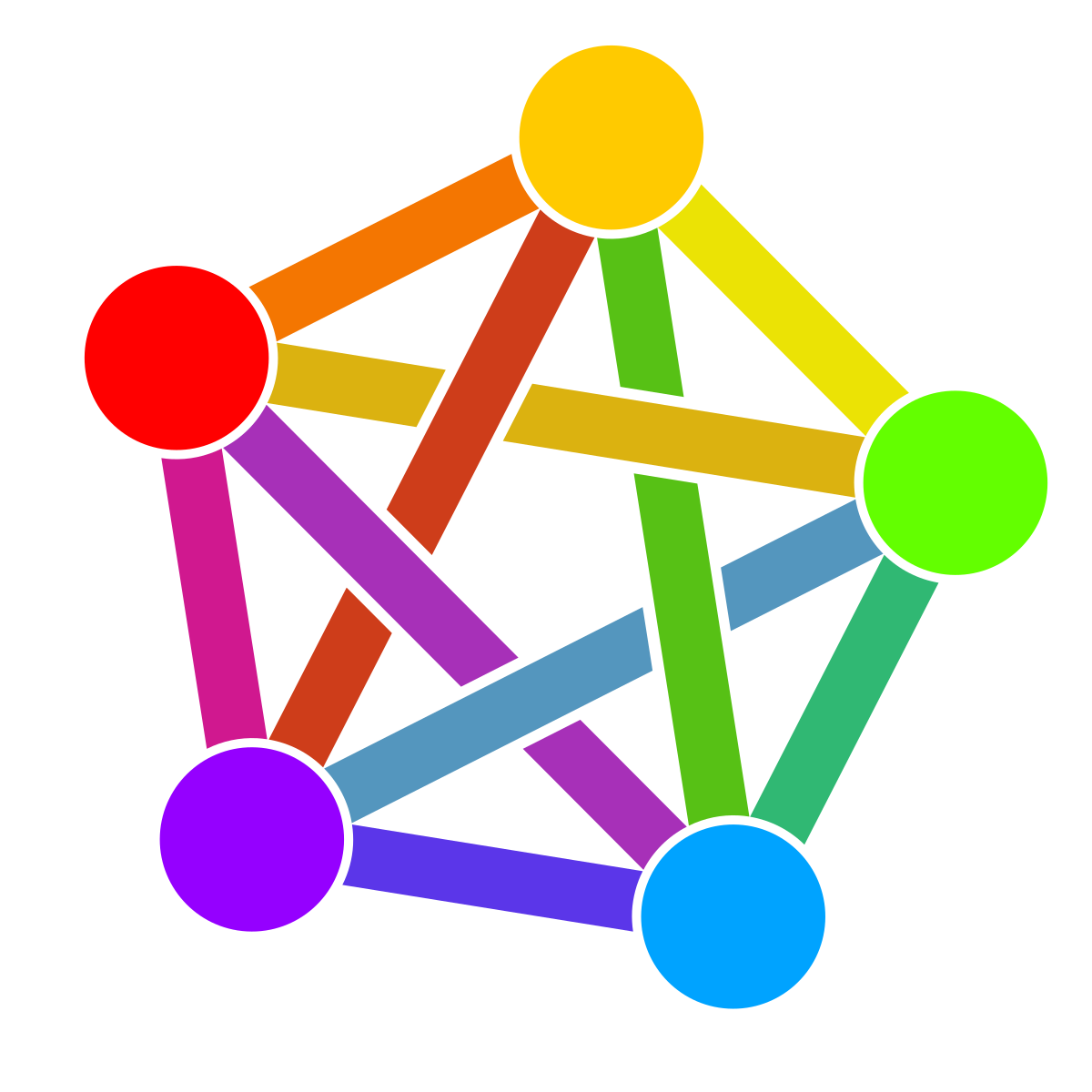

But you can, in fact, be too careful. Availability is one arm of the security triad.
If whatever complex configuration you have set up to avoid exposing something to the Internet is incompatible with something and what you wanted to do can’t be done, or if you look and see that setting all that up would be too hard and don’t bother to expose the service at all, then your security posture is incorrect because your service is just as unavailable as if someone else broke it.









I don’t think ActivityPub is set up for one server storing and forwarding a whole feed of everything, like Usenet. Right?